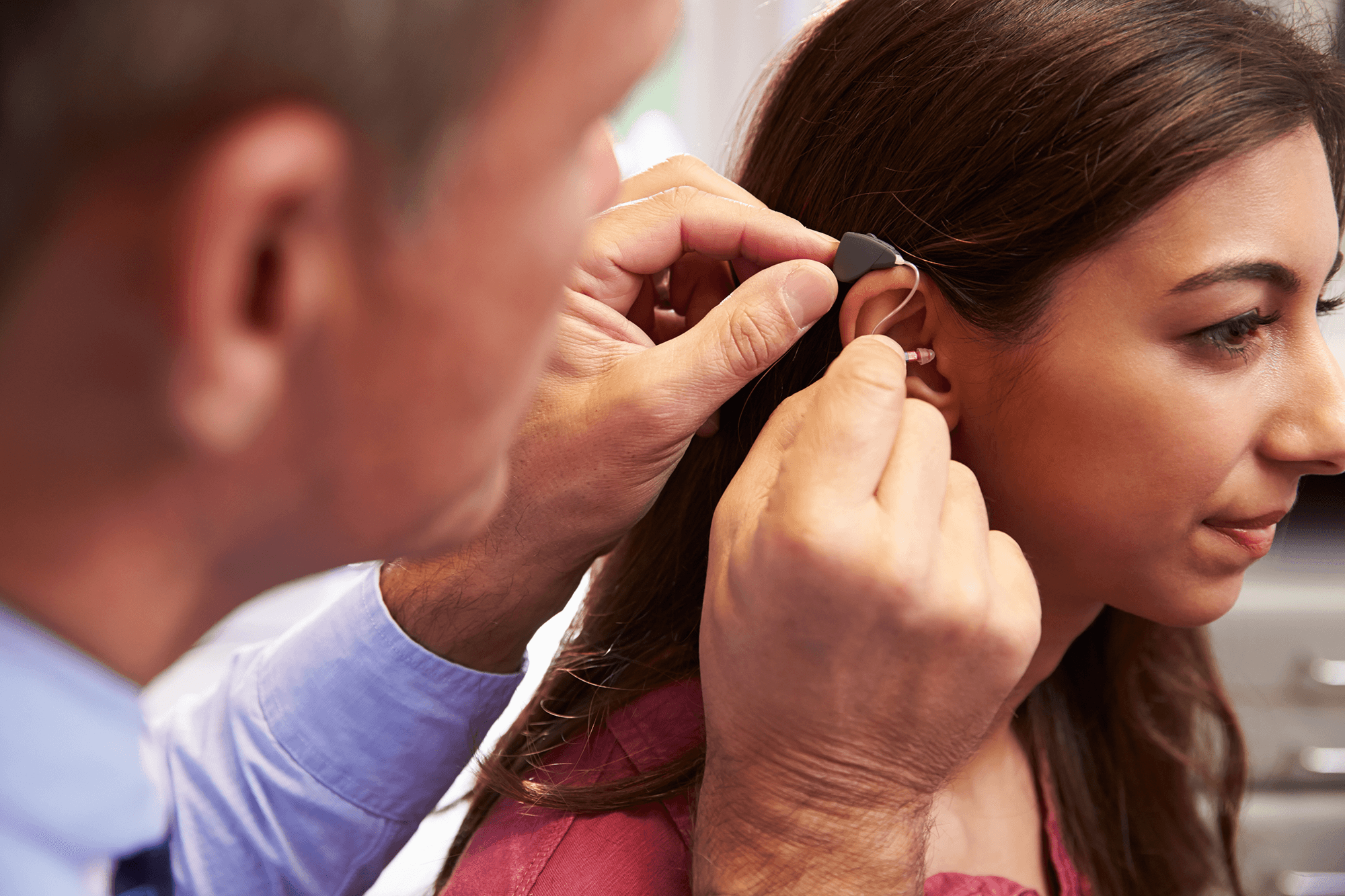How do we verify hearing aid performance?
Verifying and validating the performance of a hearing aid is vital in confirming the performance and value of the hearing aid to the audiologist and client. In audiology, the method that we use to objectively verify (determine) the amplification (volume) of a hearing aid is through real ear measurements (REMs). To subjectively validate a hearing aid fitting we use questionnaires to compare how someone performs before and after wearing new hearing aids (APHAB, HHI or COSI).

REMS are designed to ensure the hearing aids are correctly amplified to a client’s hearing loss by prescribing the appropriate amount of gain (volume) to meet the prescribed targets (NAL-NL2, NAL-NL1, DSL V5.0 etc). Each target is based on the hearing test results and varies depending on the pitch. REMs are performed by positioning the client in front of a calibrated speaker and placing a probe microphone and hearing aid in the ear canal. A soft, moderate and loud audio signal are then played from the speaker. This is designed to ensure:
• Soft sounds are audible,
• Audibility and comfort are maintained for moderate level sounds, and
• Loud sounds are not uncomfortably loud.
When comparing a REM programmed hearing aid fitting to default settings, studies have shown that the REM programmed hearing aids increase audibility (Amlani et al., 2017; Valente et al., 2017) and improve client satisfaction (Beck, 2010; Valente et al., 2017). Due to qualitative and quantitative benefits of using REMs, it is recommended to be performed with each hearing aid fitting.
In conclusion, it is important that the hearing aid performance is verified as this ensures the hearing aids are providing adequate amplification to match a client’s hearing loss. I recommend performing REMs at initial fitting, at follow up appointments and when a hearing aid comes back from repair.
References
1. Amlani AM, Pumford J, Gessling E. REM and its impact on aided audibility and patient loyalty. Hear Rev 2017;24(10):12–21.
2. Beck, D. L. (2010). Do real-ear measurements make a real difference to patient outcomes. Available at: https://www.audiology.org/news/do-real-ear-measurements-make-real-difference-patient-outcomes-interview-claire-henson.(accessed 24.07. 19.).
3. Valente M, Odeing K, Brockmeyer A, Smith S, Kallogjeri D. Differences in word and phoneme recognition in quiet, sentence recognition in noise, and subjective outcomes between manufacturer first-fit and hearing aids programmed to NAL-NL2 using real-ear measures. J Am Acad Audiol 2017. doi.org/10.3766/jaaa.17005
4. New Zealand Audiological Society. NZAS Best Practice Guidelines Adult Hearing Aid Fitting - Abbreviated Best Practice Guidelines. NZAS 2016.

